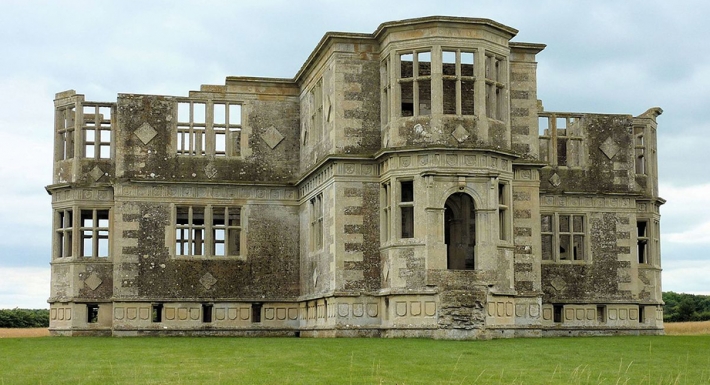THE publication of a text book wouldn’t normally feature in Business Times, but the recent publication of the fifth Edition of Charles Mynor’s Listed Buildings and other Heritage Assets reflects the considerable changes that have taken place in recent years.
It’s the standard reference work for all those whose work includes the historic environment. Not only does it explain how the built heritage is protected but the consequences of carrying out works without consent.
In recent years the setting of heritage assets has become the focus of considerable attention. Since the Barnwell case overturned a inspector’s decision to allow the development of a windfarm not far from Lyveden New Beild, an unfinished Elizabethan summer house in the east of Northamptonshire, owned by the National Trust, several court decisions have refined approaches to setting.
The most recent judgement has come too late for Mynors but is important in the changing environment of development (Steer v SoS, Catesby Estates [2017] EWHC 1456 (Admin)). In her judgement Mrs Justice Lang rejected the Inspector’s findings because his focus, in assessing the impact of a housing development on Kedleston Hall, was based on identifying a visual connection. This ignored the historic, social and economic connection between the development site and the heritage asset. The judgement is a warning that in assessing the impact of development the perception of change is as important as the intervisibility between heritage asset and development site.
CgMs has a long track record in assessing the impact on setting and is currently working with Buccleuch Estate at North Kettering where the impact on Brougton House is a significant issue. For further information contact Dr Michael Dawson at CgMs on 01536 790447 or email


